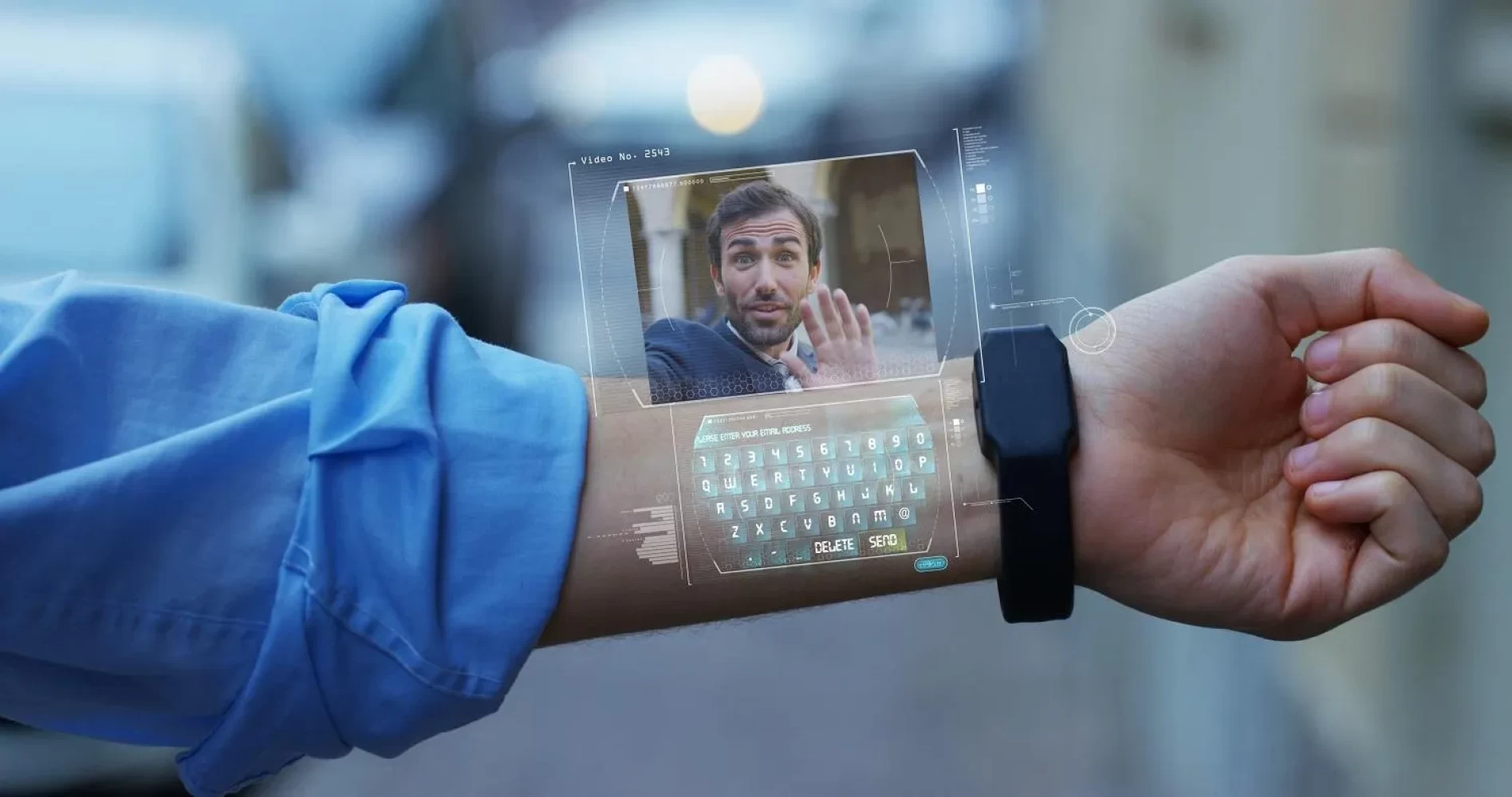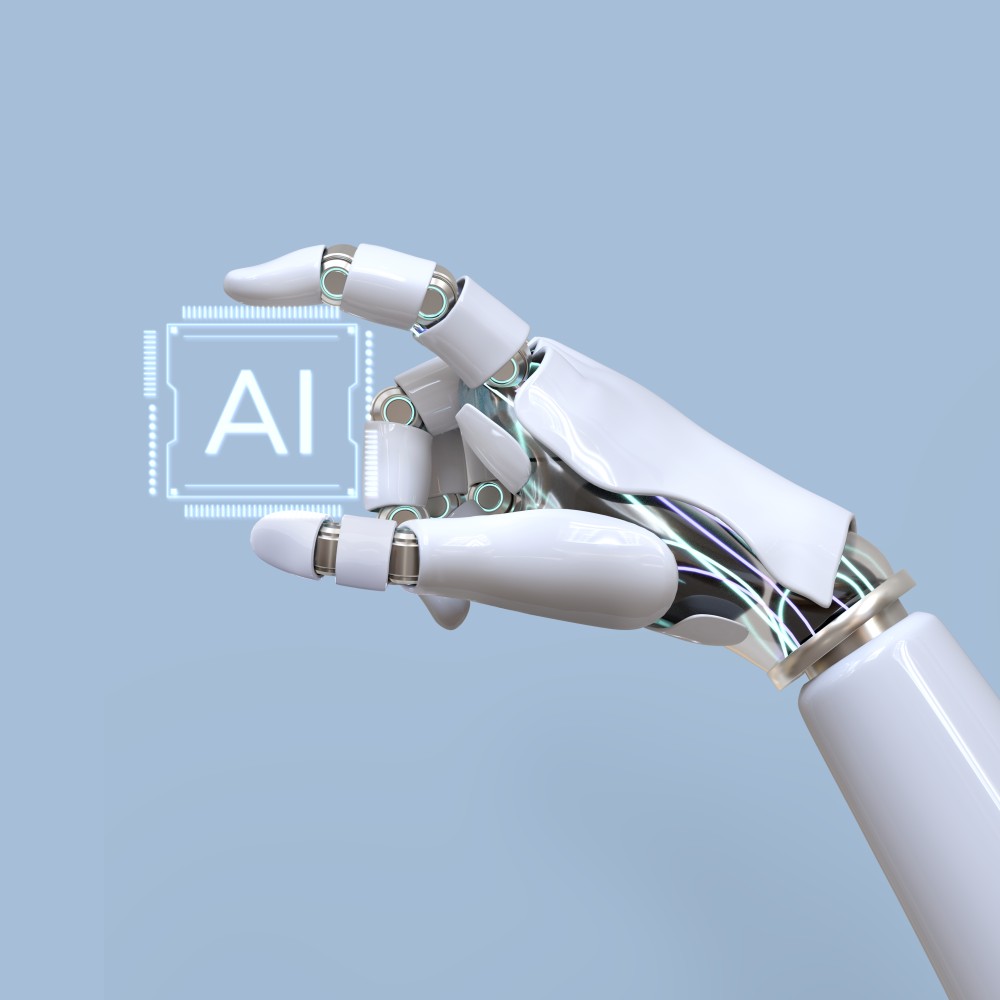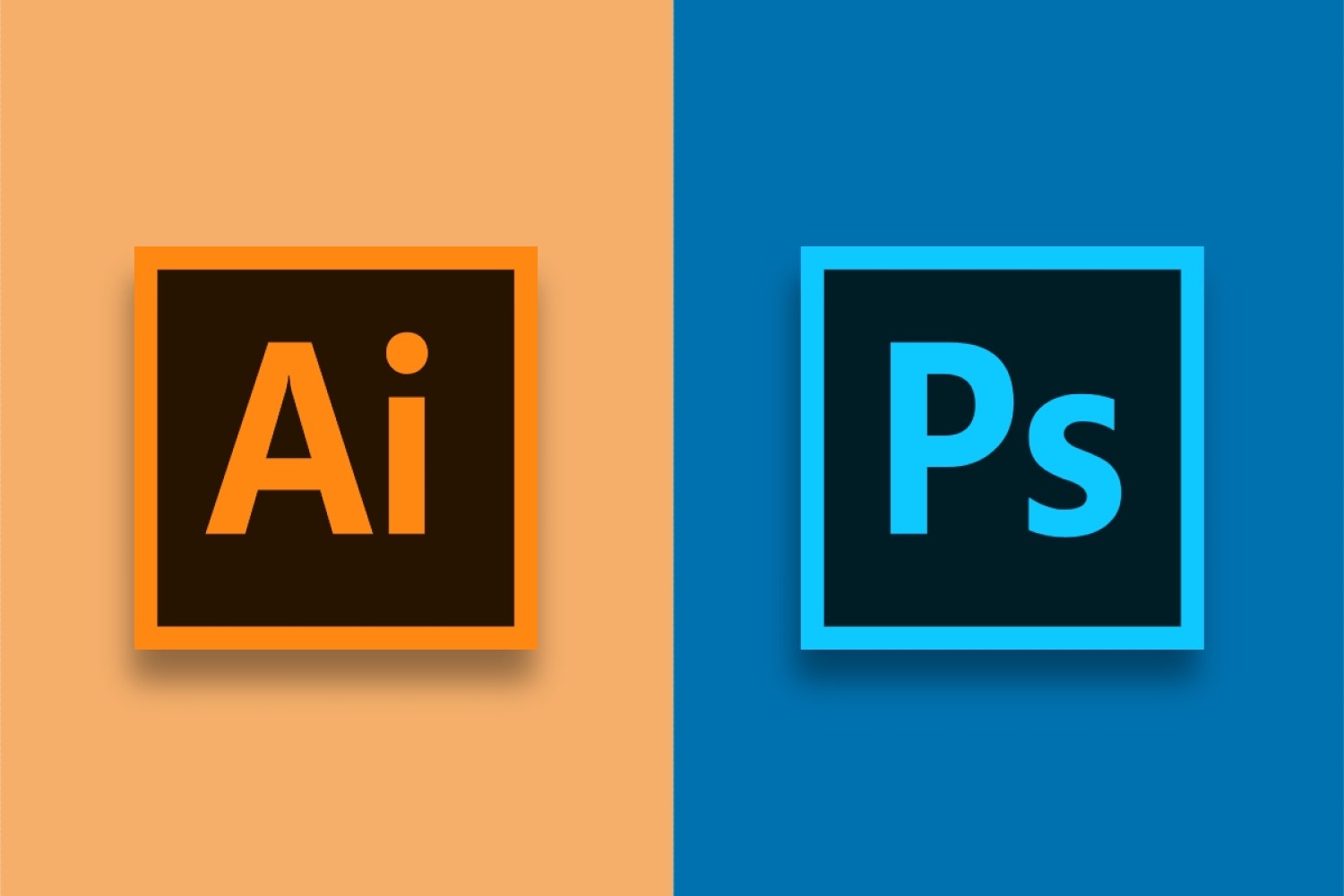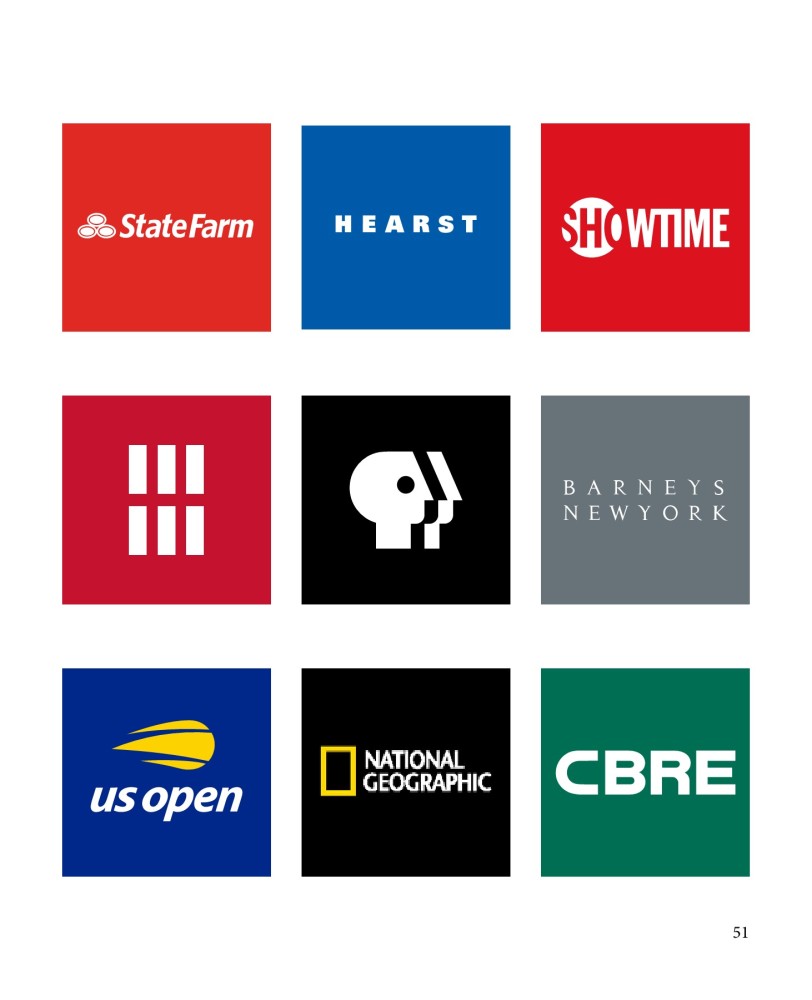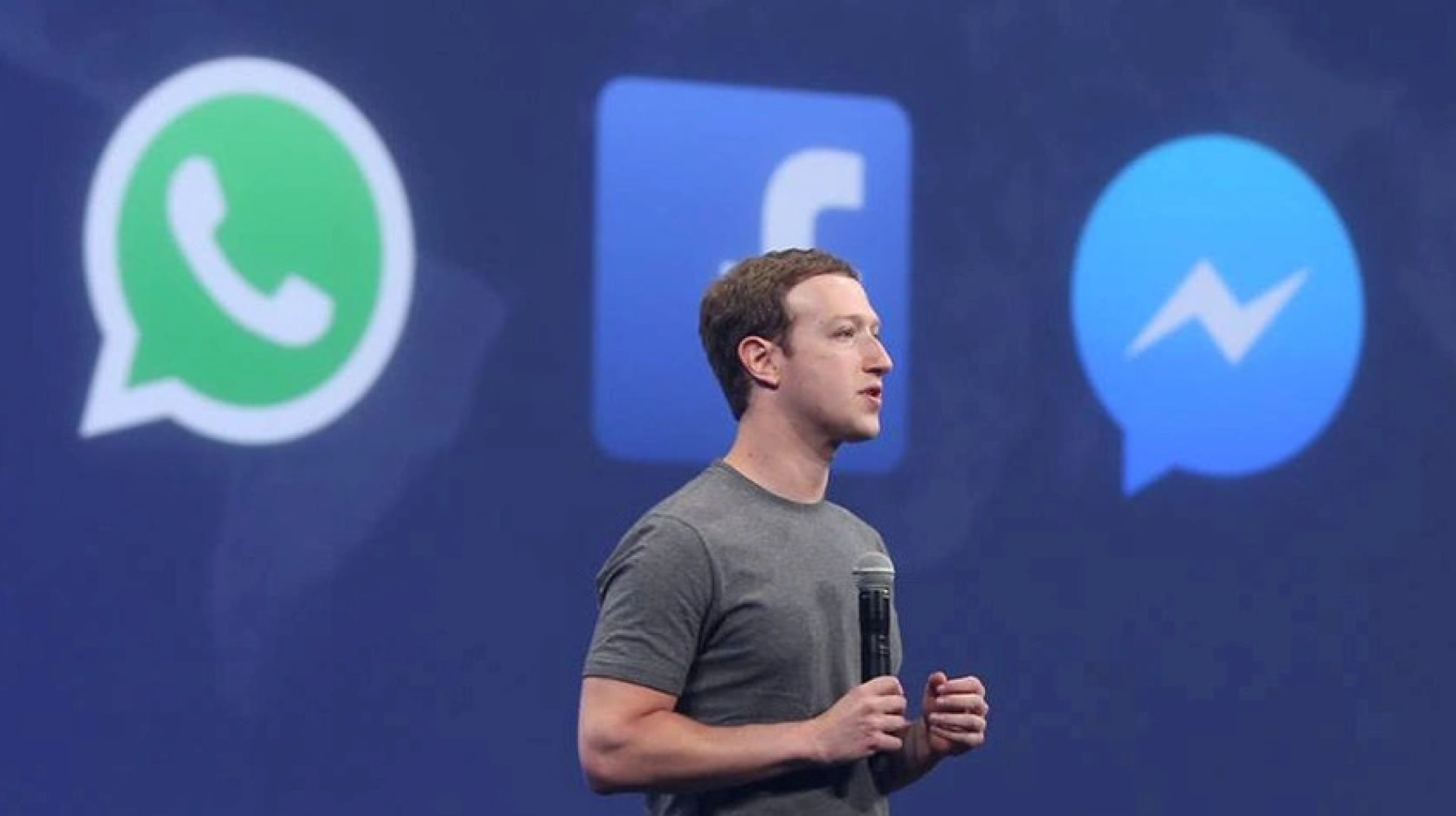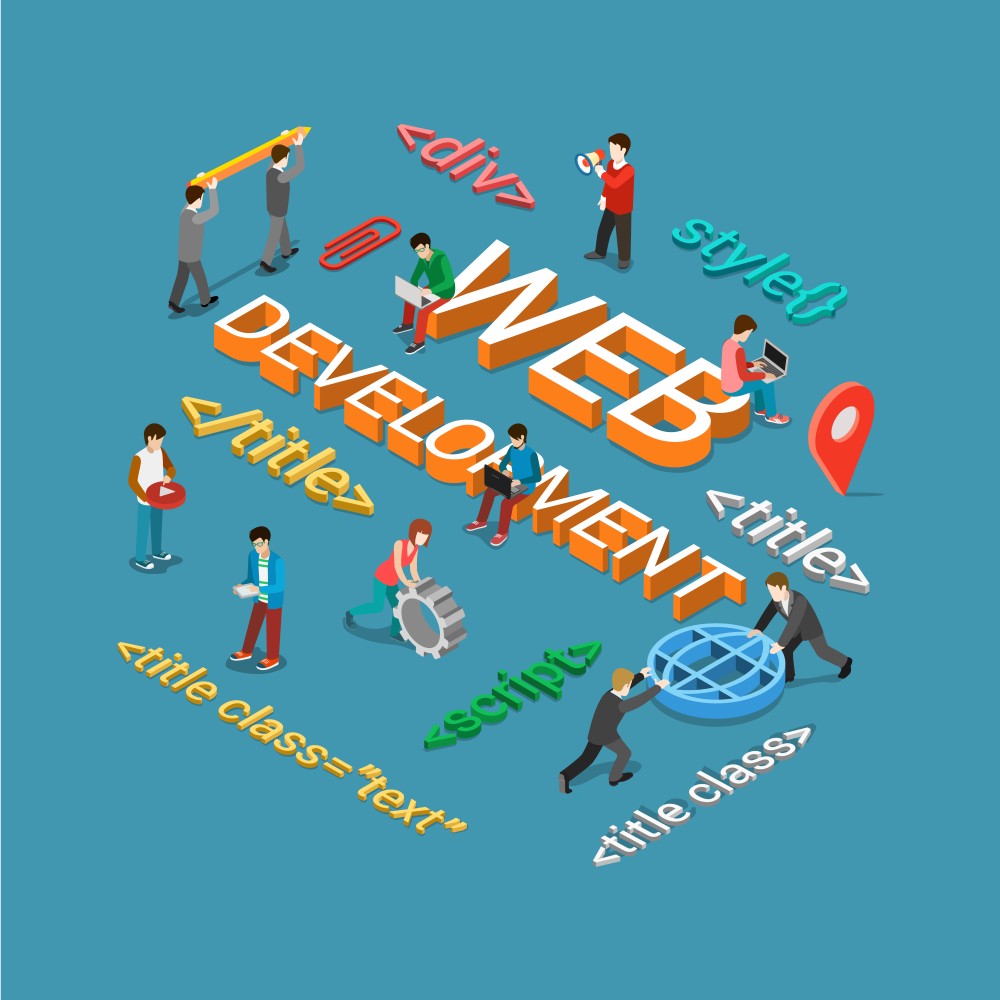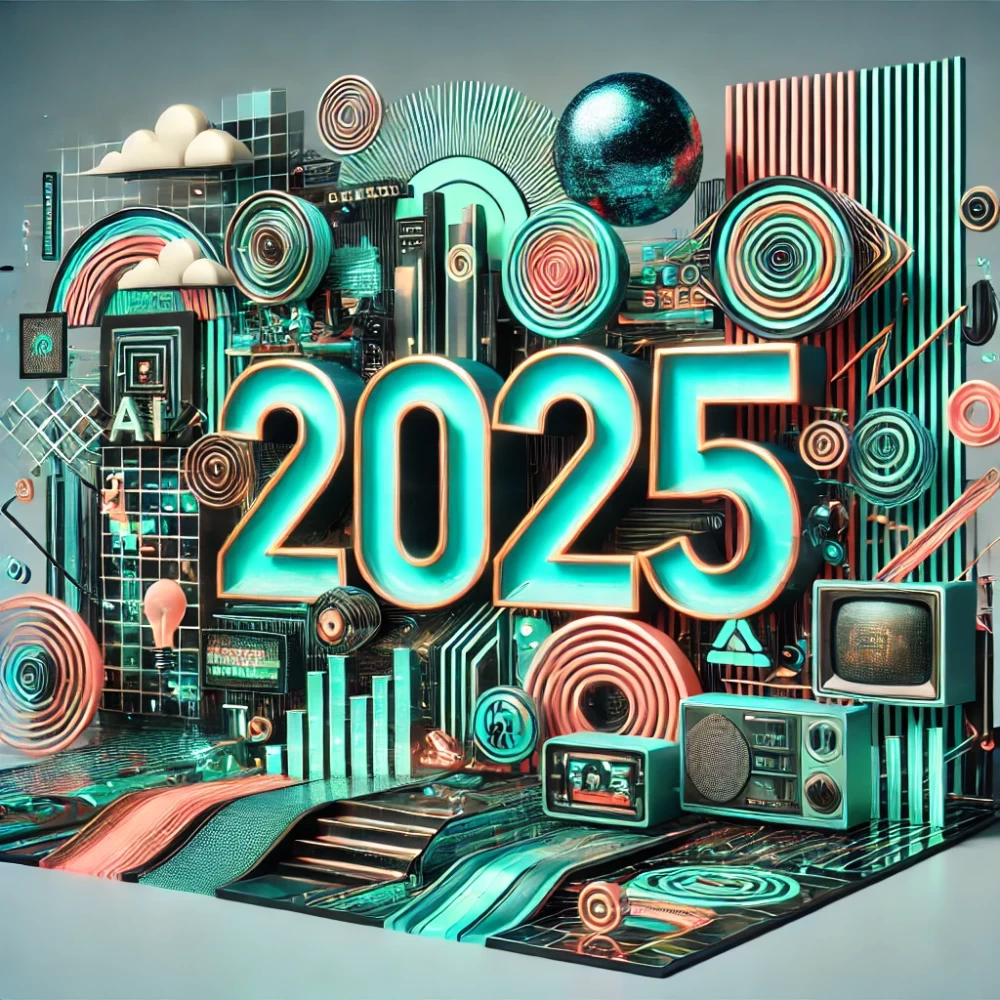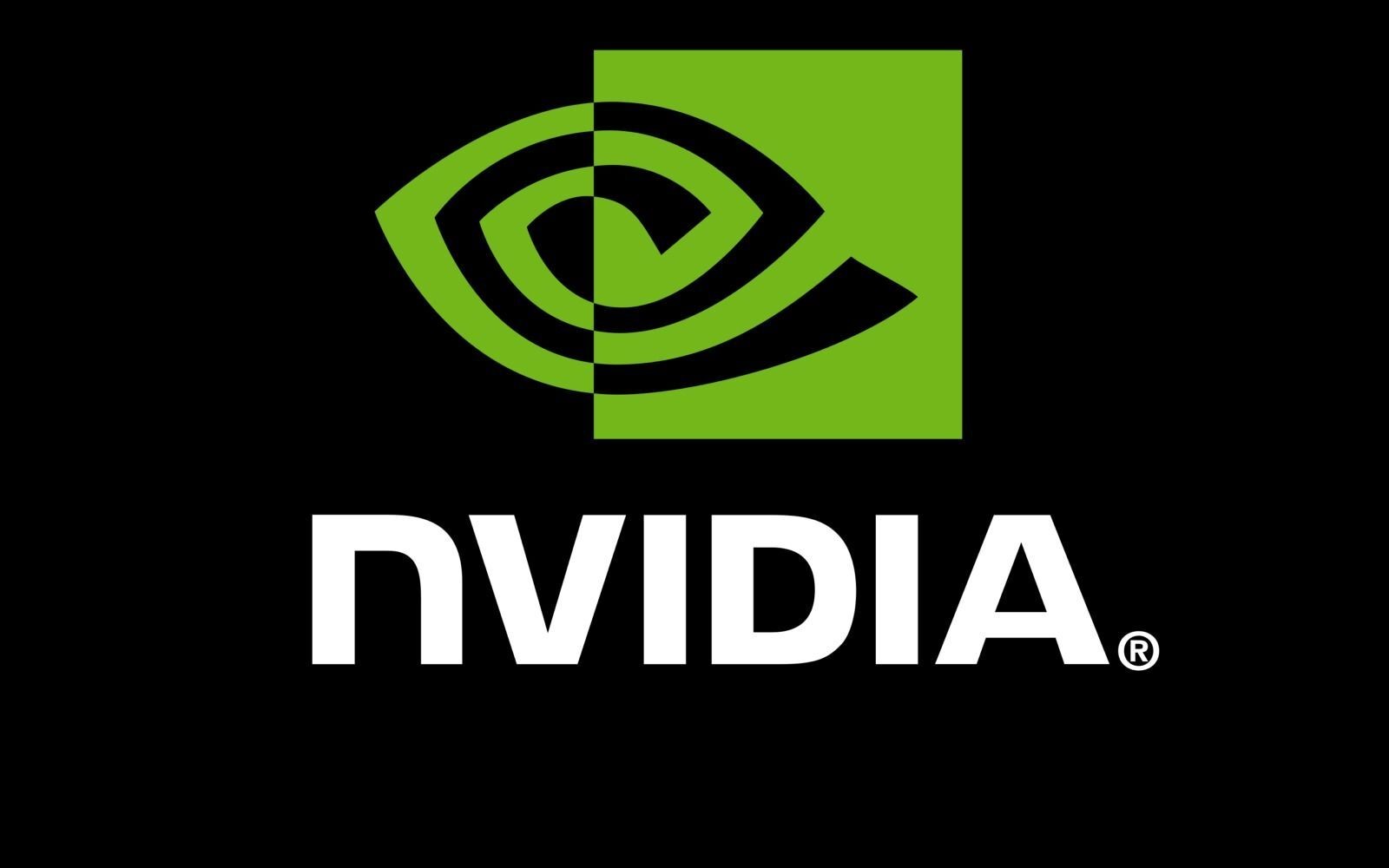Wearable Technology: Innovations, Benefits, and Future Trends
In recent years, wearable technology has transitioned from a niche market to a mainstream phenomenon, fundamentally transforming how we interact with technology and manage our health. From fitness trackers to smartwatches and advanced health-monitoring devices, wearables are becoming an integral part of our daily lives. In this blog, we’ll explore the latest innovations in wearable tech, their benefits for health and lifestyle, and what the future holds for this rapidly evolving field.
Innovations in Wearable Technology and Their Health Benefits
Wearable technology has seen remarkable advancements, significantly enhancing its functionality and applications. Here are some of the most notable innovations:
1. Advanced Sensors and Health Monitoring
Modern wearables are equipped with sophisticated sensors that provide real-time health monitoring. These sensors can measure heart rate variability, blood oxygen levels, electrocardiogram (ECG) readings, and even detect early signs of health issues like arrhythmias or sleep apnea. This continuous health monitoring empowers users to stay informed about their health and seek timely medical attention when necessary.
2. Integration with Health Apps and Platforms
Wearable devices are increasingly integrated with health apps and platforms, allowing users to track and analyze their health data comprehensively. Apps can aggregate data from different devices, providing insights into overall health trends, exercise patterns, and sleep quality. This integration supports personalized health management and enhances users' ability to make informed decisions about their well-being.
3. Improved Design and Comfort
The latest wearables are designed with user comfort in mind. Innovations in materials and ergonomics have led to more comfortable and stylish devices that users can wear all day. For example, smartwatches now come with customizable straps and lightweight designs, making them more appealing for everyday wear.
4. Enhanced Battery Life
Battery life is a critical aspect of wearable technology. Recent advancements have led to significant improvements in battery performance, allowing wearables to operate longer between charges. Some devices now feature fast-charging capabilities or energy-efficient components, ensuring that users can rely on their wearables throughout the day without frequent recharging.
Applications in Fitness, Health Monitoring, and Lifestyle
Wearable technology is making a profound impact in various areas of life:
1. Fitness Tracking
Fitness enthusiasts use wearables to monitor their physical activity, track workouts, and set fitness goals. Devices like smartwatches and fitness trackers can measure steps, distance, calories burned, and even provide guidance on workout intensity. Features like GPS tracking enable users to map their routes and analyze performance, making it easier to achieve and maintain fitness objectives.
2. Health Monitoring
Beyond fitness, wearables play a crucial role in health monitoring. For individuals with chronic conditions or those seeking to manage their health proactively, wearables provide valuable insights. Devices can track vital signs, monitor sleep patterns, and detect irregularities, allowing users to manage conditions like diabetes or hypertension more effectively. This real-time data can be shared with healthcare providers for better diagnosis and treatment.
3. Lifestyle Enhancement
Wearables are also enhancing lifestyle by providing convenience and connectivity. Smartwatches offer notifications, call and text alerts, and integration with virtual assistants, making it easier to stay connected while on the go. Additionally, features like stress management tools, guided breathing exercises, and mindfulness reminders help users maintain a balanced lifestyle and reduce stress.
Future Trends and Advancements in Wearable Devices
As technology continues to evolve, so too will wearable devices. Here’s a glimpse into what the future may hold:
1. Advanced Biometric Sensors
Future wearables are likely to incorporate more advanced biometric sensors, enabling deeper insights into users' health. Innovations may include non-invasive glucose monitoring, real-time hydration levels, and more accurate stress and mood tracking. These advancements could provide users with even more comprehensive health information and proactive management tools.
2. Seamless Integration with Augmented Reality (AR)
The integration of wearables with augmented reality (AR) could revolutionize how we interact with technology. AR glasses and smart contact lenses could offer immersive experiences, overlaying digital information onto the real world. This integration could enhance productivity, navigation, and entertainment, creating new possibilities for wearable tech.
3. Extended Battery Life and Energy Harvesting
Researchers are working on extending battery life through advanced materials and energy harvesting technologies. Future wearables may harness energy from the wearer’s movements, body heat, or ambient light, reducing the need for frequent charging and making wearables even more convenient.
4. Personalized Health Insights
The use of artificial intelligence (AI) and machine learning will likely enhance the personalization of health insights provided by wearables. AI-driven algorithms could analyze individual health data to offer tailored recommendations, predictive health alerts, and customized wellness plans, further supporting users in achieving their health goals.
Conclusion
Wearable technology is transforming the way we approach health, fitness, and daily life. With innovations that enhance health monitoring, improve user comfort, and offer lifestyle benefits, wearables are becoming indispensable tools for managing well-being. As we look to the future, advancements in biometric sensors, AR integration, and energy solutions promise to make wearable technology even more powerful and integrated into our lives. The evolution of wearables is not just about tracking metrics; it's about empowering users with knowledge and tools to live healthier, more connected lives.


